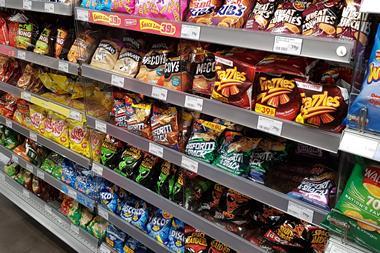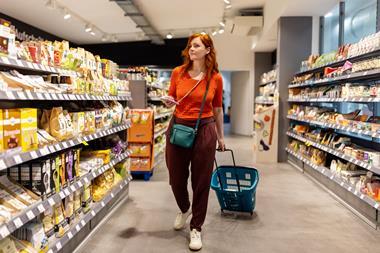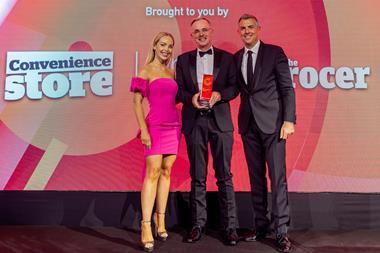Are you offering a healthy range?
2020-03-05T14:49:00

Four Convenience Store Champions discuss how perceptions of what defines healthy food have changed, and how they have had to adapt.
ALREADY HAVE A REGISTERED USER ACCOUNT? PLEASE LOG IN HERE
To read the full story join the ConvenienceStore.co.uk community today!
Registration is quick and easy and provides access to:
- Unlimited ConvenienceStore.co.uk articles
- Our great range of newsletters
- Content you’ve saved for later via the ‘my library’ feature
And much more…
Related articles
-

-

-

-

-

Boost your beer sales for Christmas and New Year
This content is provided by Heineken UK
-

Make your c-store part-and-parcel of the community
Paid for and in partnership with Parcel Pending by Quadient
More from Convenience Store Champions
Unlimited Access + Newsletters
Register today to gain unlimited access to articles and to receive our great range of email newsletters.





















![C-Store_Champions_logo-CHOSEN[1] 2023](https://d2dyh47stel7w4.cloudfront.net/Pictures/380x253/6/5/7/301657_cstore_champions_logochosen12023_817064.jpg)



